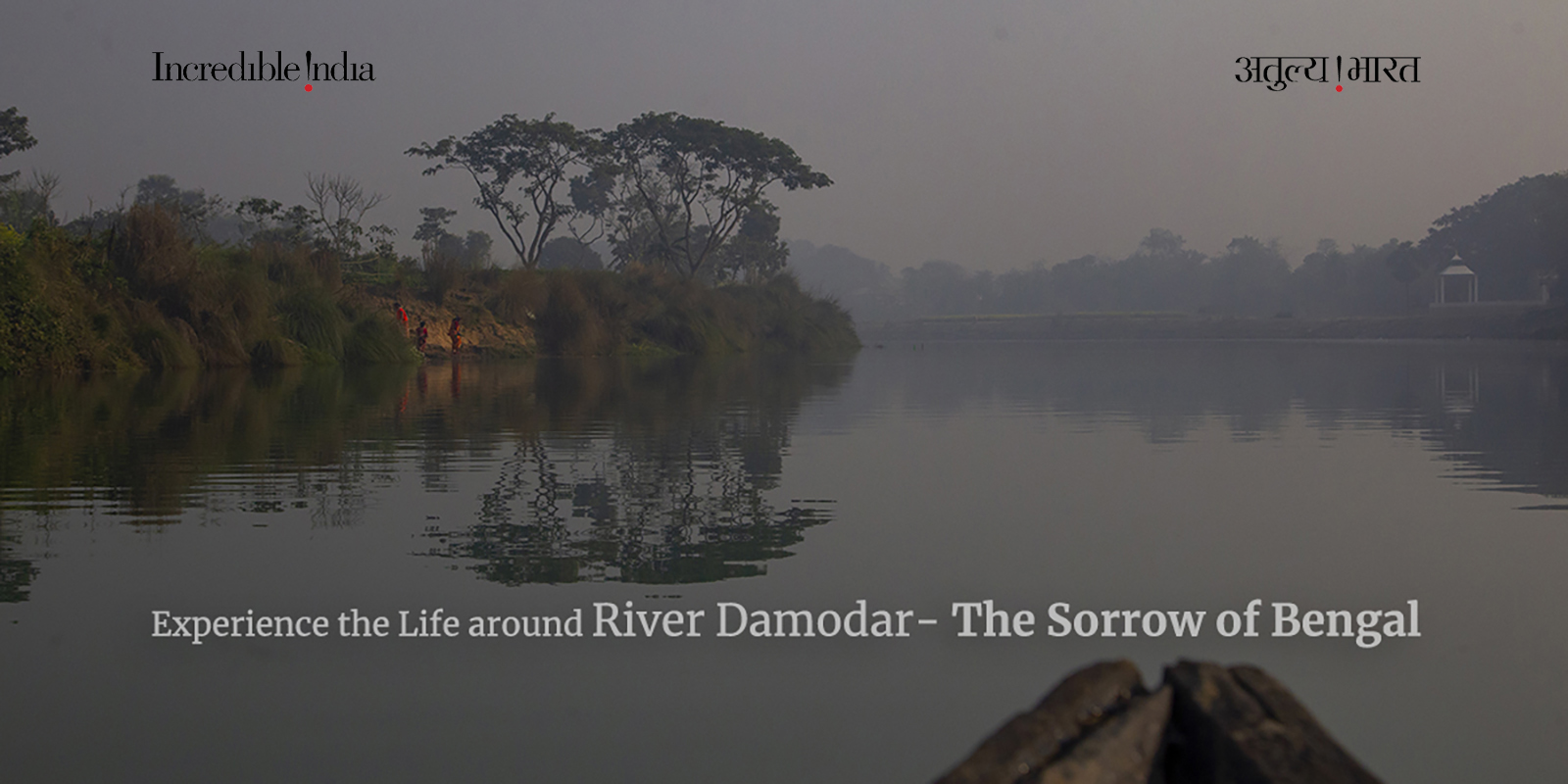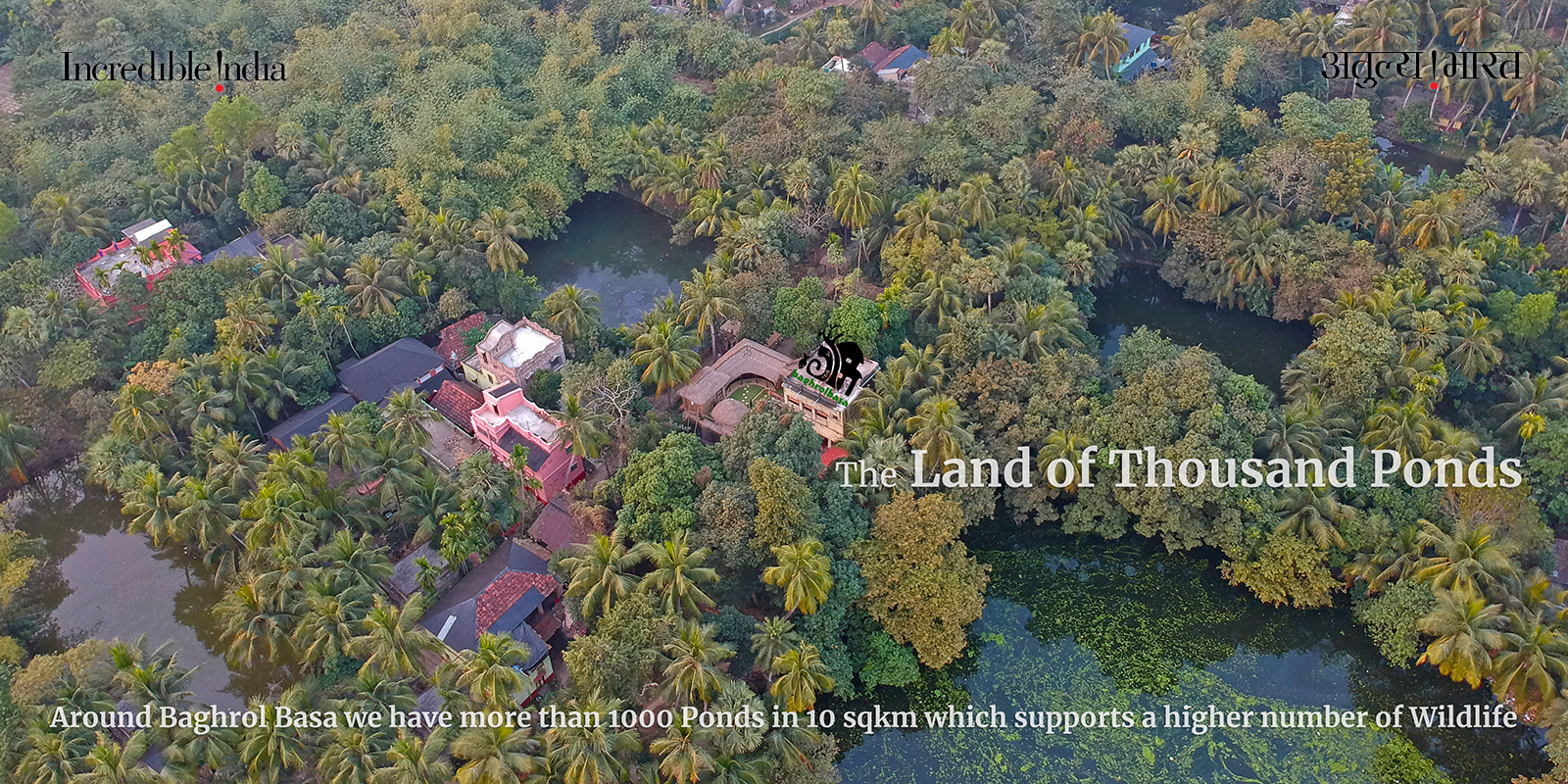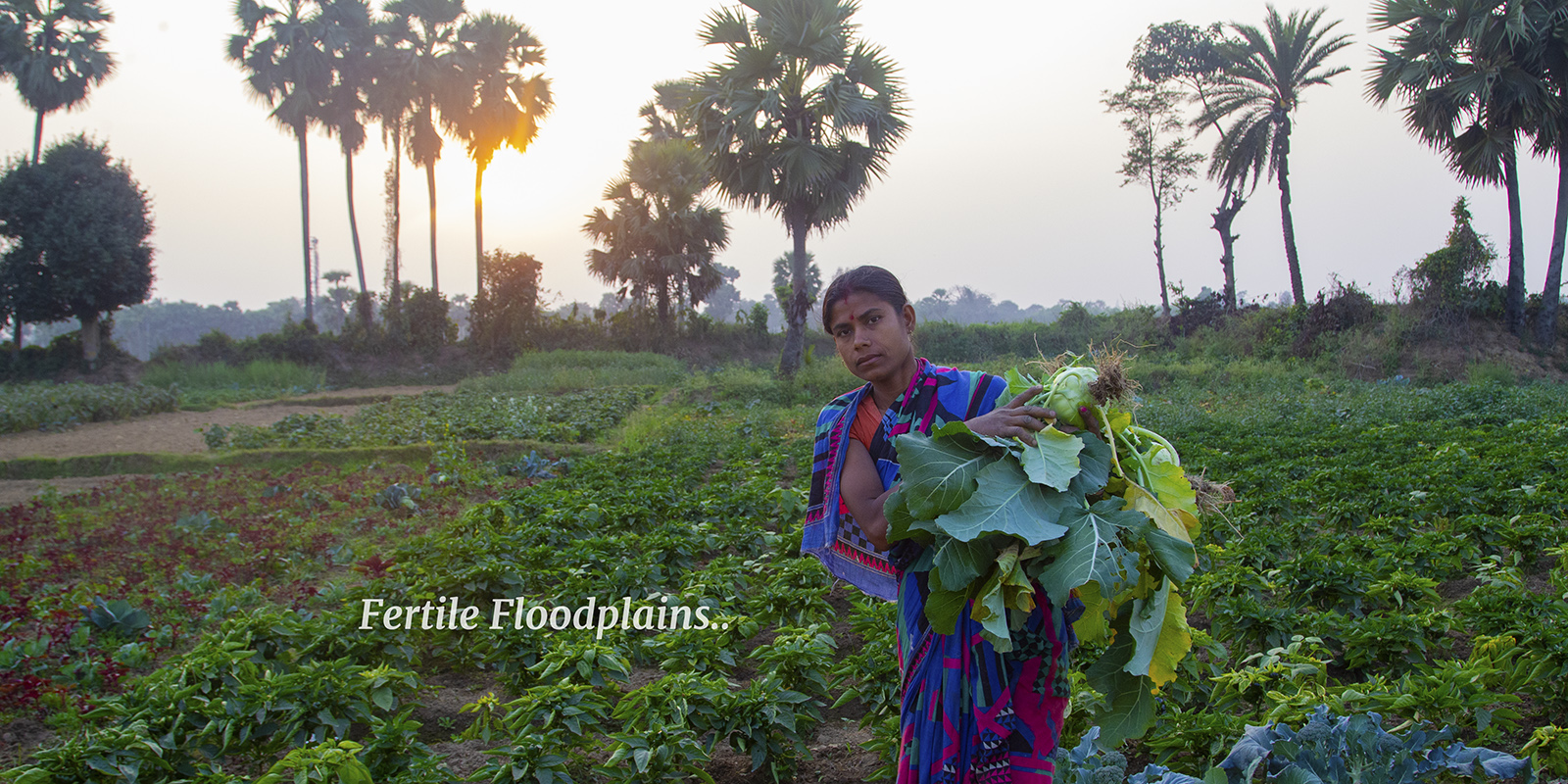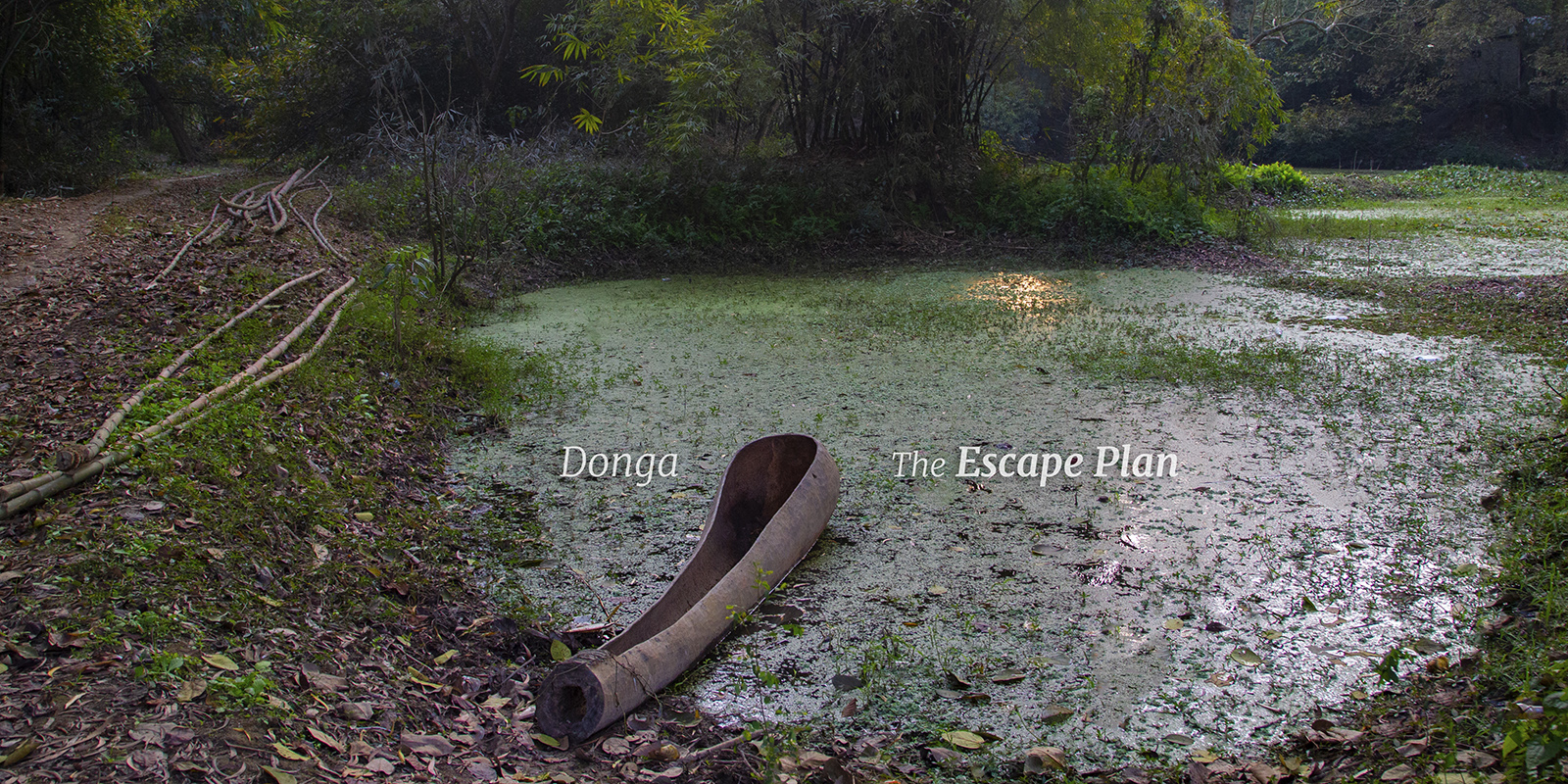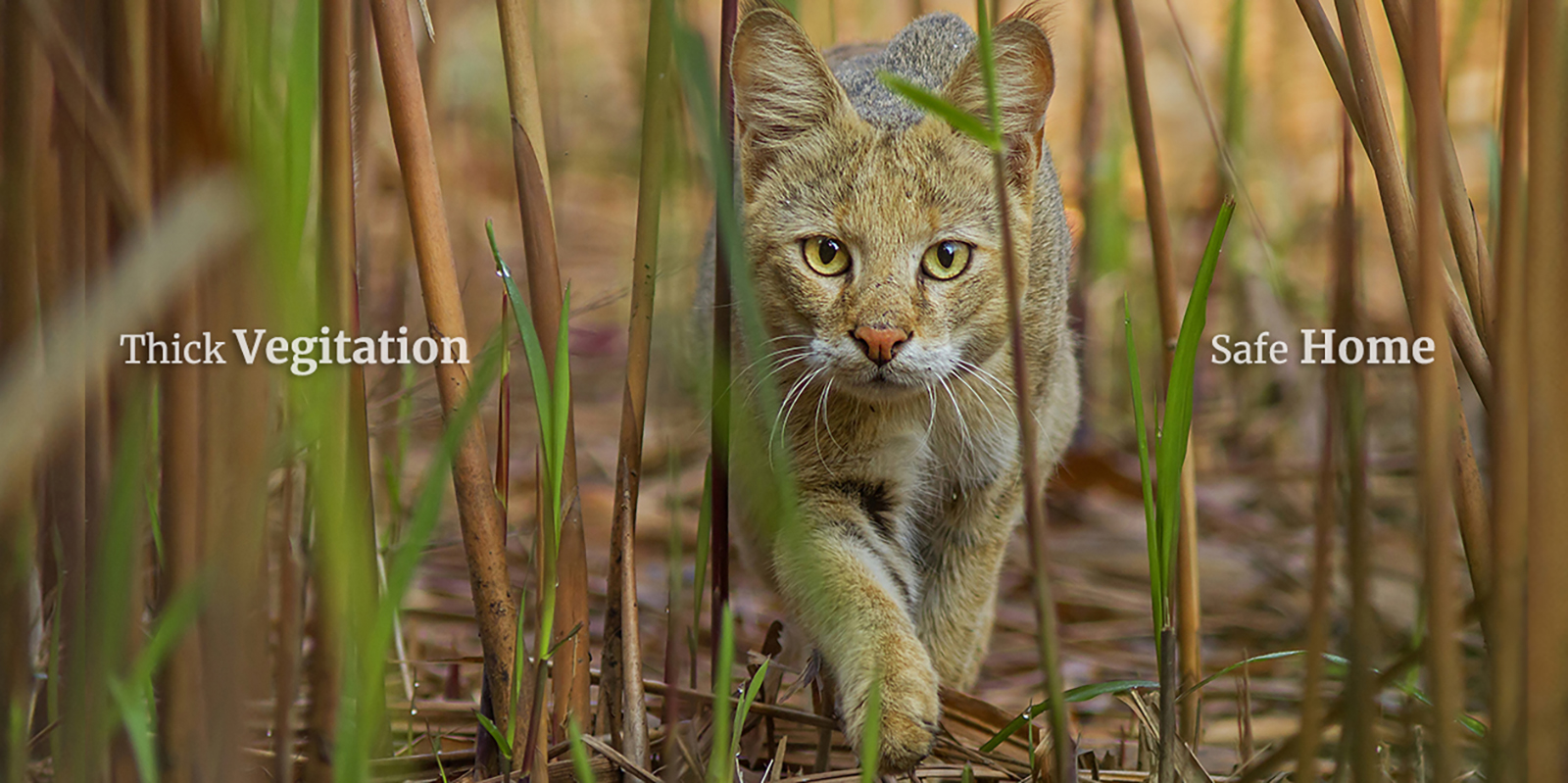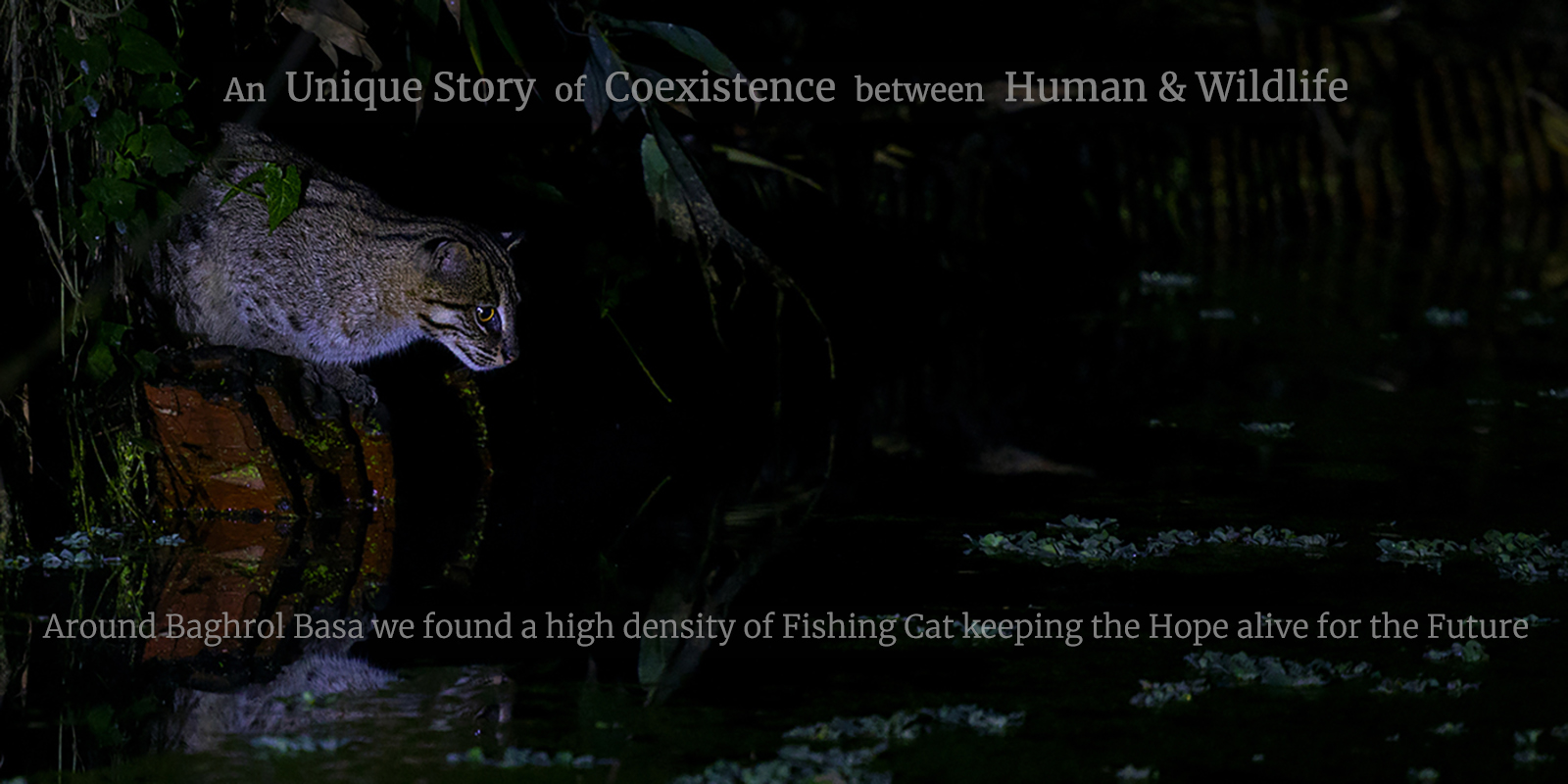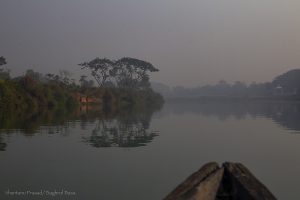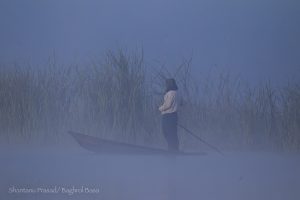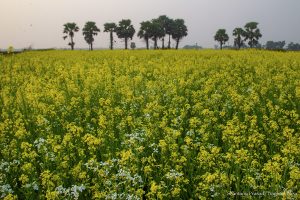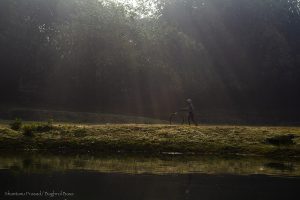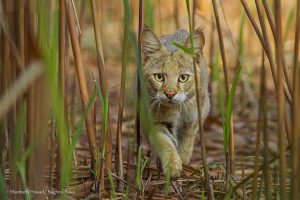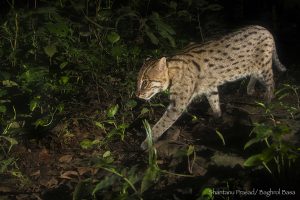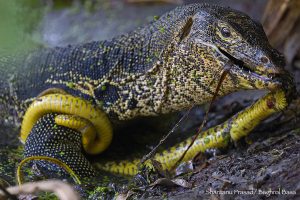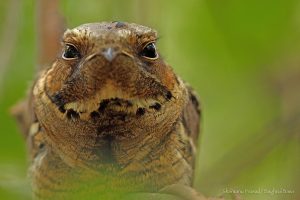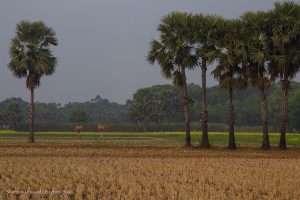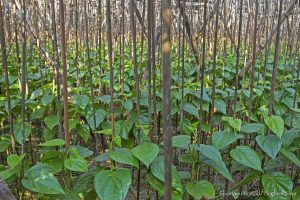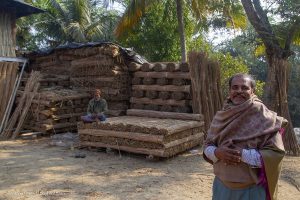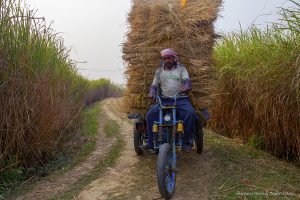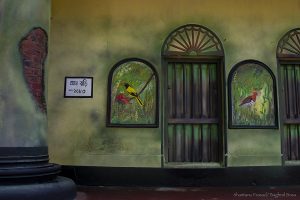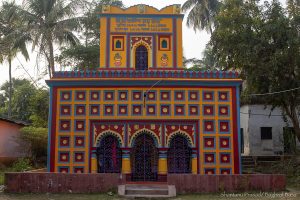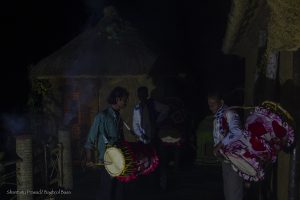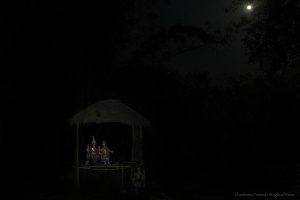Lower Flood Plains of Bengal (LFPB)
River Damodar was commonly known as the Sorrow of Bengal and has a reputation for unleashing devastating floods resulting in loss of human lives and property. The flooding also has many benefits and the flooded areas support rich biological diversity useful for people. The floodplains of Bengal are therefore densely populated, and millions of people depend on these areas for their livelihoods. Fish and prawn farms, agriculture, fishing and human settlements are common in these areas. It is quite remarkable that the fishing cat continues to live in these areas in spite of all the human activities. At this stage, it is not clear how the fishing cat survives the flooding or how it manages food, resting sites and safe places to raise their cubs in the human-dominated environment. Through our Trust WATER, we are collecting information on the fishing cat and its life in the floodplains.
IMPORTANCE OF FLOODPLAINS
Flood plains are areas adjacent to rivers, ponds, lakes, and seas that are periodically flooded at different points in time. Floodplains are hydrologically important, environmentally sensitive, and ecologically productive areas that perform many natural functions. They contain both cultural and natural resources that are of great value to society. Flooding occurs naturally along every river and coastal areas. Flood waters can carry nutrient-rich sediments which contribute to a fertile environment for vegetation. Floodplains are beneficial for wildlife by creating a variety of habitats for fish and other animals. In addition, floodplains are important because of storage and conveyance, protection of water quality, and recharge of groundwater.
LOCAL WILDLIFE
Even though the flood plains of Bengal are densely populated, the flood plain areas support a diverse variety of animals, birds, reptiles and fish. The area is unique for the fishing cat, the state animal of West Bengal and it is the top predator of the human-dominated floodplains. Other species of animals include jungle cat, black or melanistic jackal, Bengal fox, Indian wolf, Himalayan crestless porcupine, Indian porcupine, Indian pangolin, Asian palm civet, small Indian civet.
Reptiles include water monitor lizard, Bengal Monitor Lizard, Golden Monitor Lizard, Spectacled Cobra, Monocled Cobra, Common Krait, Russells Viper, Green Vine Snake, Ornate Flying Snake, Yellow-spectacled wolf snake, Buff-striped keelback etc
Over 300 species of birds are found here and some of these are, Chestnut-capped babbler, striated babbler, Siberian ruby throat, blue throat, hooded pitta, Indian Pitta, large-tailed nightjar, Slaty-legged crake, Stork-billed Kingfisher, rufous woodpecker, Fulvous-breasted woodpecker, streaked-throated woodpecker, black-hooded oriole, golden oriole, lineated barbet, blue-throated barbet, coppersmith barbet, great tit, Asian paradise flycatcher, black-naped monarch, blue-throated blue flycatcher, Tiga flycatcher, Asian brown flycatcher, Common Hawk Cuckoo, Yellow-footed Green Pigeon, Sikra, crested-Serpent Eagle, Oriental Honey Buzzard and many more.
VILLAGE LIFE & FARMING
This is a very unique part of Bengal where the landscape & the inhabitants are forced to evolve differently to deal with this dynamic landscape and its devastating nature every monsoon. Its a continuous challenge of survival. On the other hand, this is the most fertile land brings blessings of natural resources every year. And human race yet again, conquered the difficulty intelligently in their favour. Every hose here has a pond which is created to make a high land for living & farming. These ponds & wetlands supports a lot of fishes and aquatic flora & fauna round the year and produce a high iled of natural & cultivated resources. And they have a Donga ( a canoe made up of Todi Palm Tree) as a part of the escape plan.
In spite of the influence of the big metropolitan city of Kolkata (Calcutta, as it was previously called, was the British capital of India), the villages in the floodplains retain a traditional way of life. Farmers grow crops like Khori and Hogla, This naturally grown water tolerant crop grows well in the floodplains. The availability of water is also favourable for growing beetle leaf, which is commonly chewed by local people.
Heritage & Culture
There are several ancient temples and old historical buildings of interest in the area. Late Sarat ChandraChattopadhyay ,the writer of the classic Devdas (now also a film), spend the last years of his life in this area working on his dramas. His house, which is converted to a museum, overlooks the Rupnarayan river. The museum can be visited and it is a short30 minutedrive from Baghrol Basa.
The Baghrol Basa homestay itself is an old 17th-century building once owned by a rich local Jamindar (landlord). It was restored to its old glory using traditional restoration techniques. Along with the homely comforts, one can also enjoy the natural pools of water, fish and soak in the local Bengali village culture. We offer our resident guests authentic Bengali cuisine that our chefs painstakingly recreated following old recipes.

